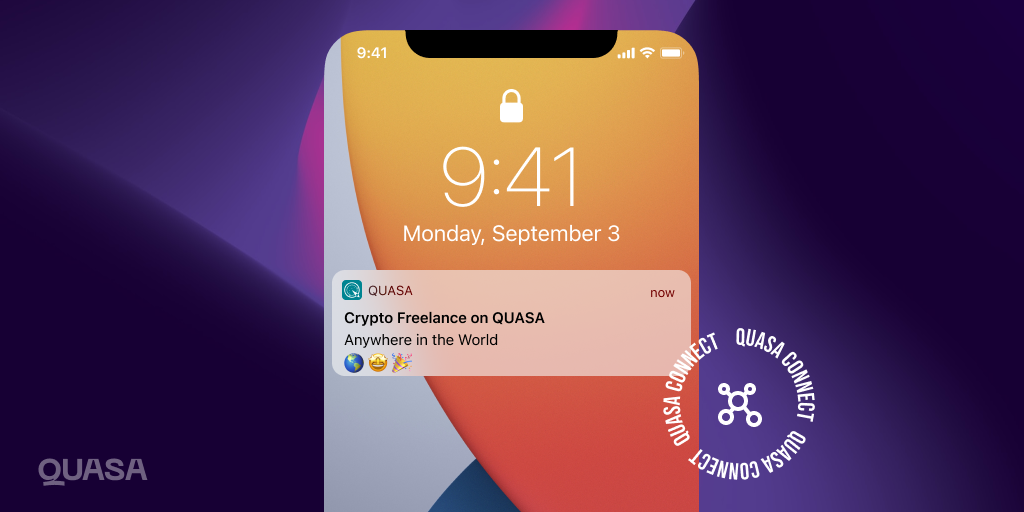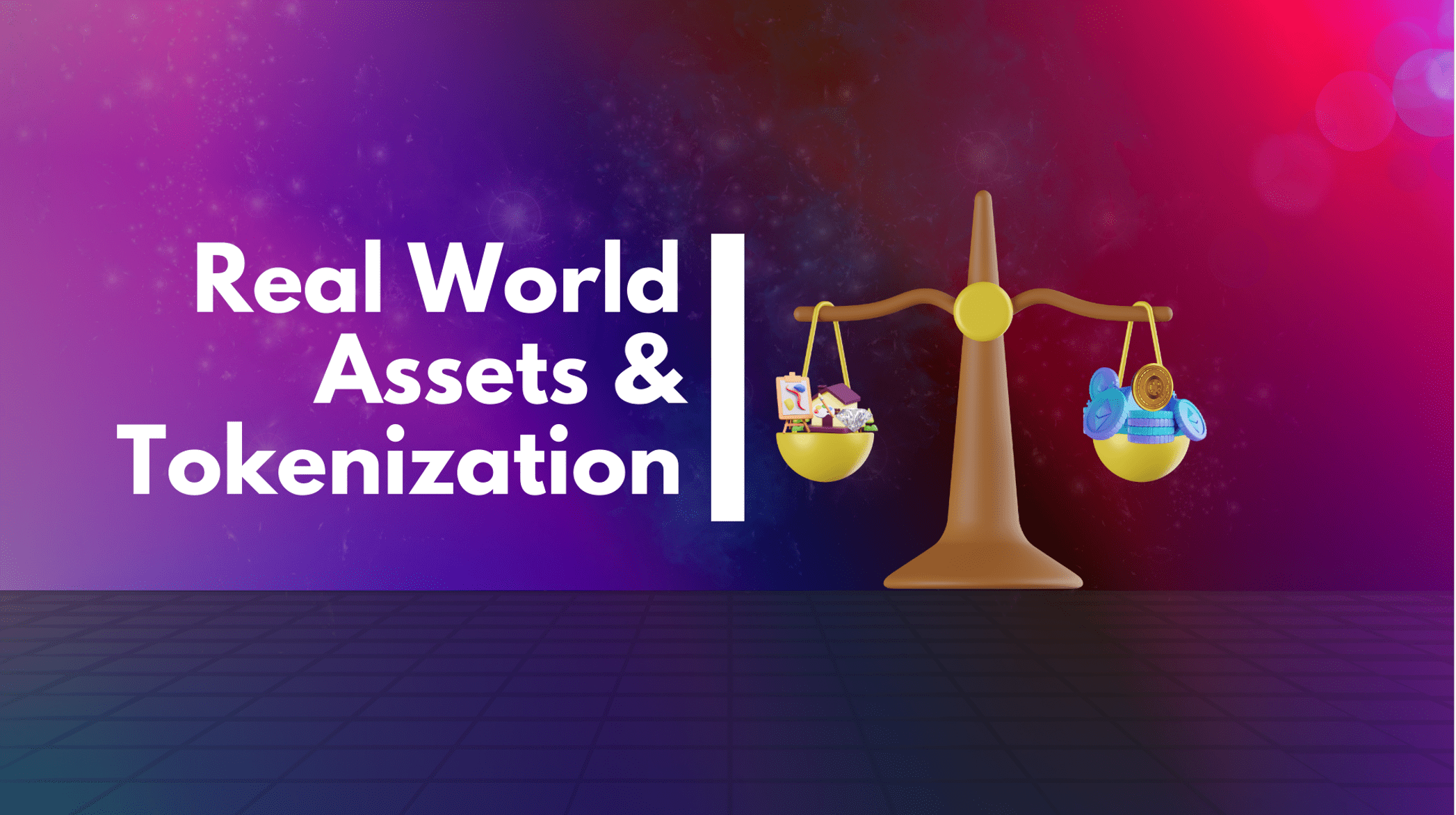Hello!
The introduction of a Bitcoin ETF will be a game changer for both cryptocurrencies and the broader financial market, with the market for tokenized assets expected to grow to $10 trillion this decade.
Implementing a Bitcoin ETF is just the first step. In 2024, regulatory changes in legislation will be aimed at the massive introduction of cryptocurrencies into everyday life. There will be a lot of events and hype around this topic.
From hype to synergy
“Cryptocurrencies are moving from hype to synergy.” Thanks to this transition, crypto assets will be increasingly integrated with existing financial software solutions, and real assets (the same RWA, real world assets) will be placed on blockchains through tokenization.
Yes, of course, the market has not yet passed the hype stage, we are just at the very beginning. We will still see many changes in the legislative sphere associated with the rapid adoption of laws that will be aimed at the mass introduction of cryptocurrencies into everyday life.
“The convergence of cryptocurrencies and traditional asset classes, including fiat currencies, equities, government bonds and real estate, is experiencing unprecedented growth.” The market value of tokenized assets by 2030 will range from $3.5 trillion in a bearish scenario to $10 trillion in a bullish scenario.
Tokenization transforms existing financial infrastructure, increases efficiency, reduces costs and optimizes the supply chain. A Boston Consulting Group report published last year forecast the tokenized asset market to grow to $16 trillion. And these are just some examples of optimistic market assessments.
The crypto industry is in a developing stage, and more and more traditional institutions will use blockchain and create products based on it.
Digital dollars, also known as dollar stablecoins or US dollar-pegged cryptocurrencies, are “the first successful implementation of tokenization” and currently account for 97% of all existing tokenized assets, the report said. Other types of tokenized assets, including U.S. government bonds, are up more than 450% this year, according to analysts. Rising interest rates on these traditional instruments have fueled market expansion, outpacing returns in decentralized lending (DeFi) markets.
At the moment, the market for tokenized assets is approximately $116 billion. Of this, about $60 billion is accounted for by ecosystem blockchain networks with support for software smart contracts: Ethereum, Tron and Solana.
Separate market
The popular cryptocurrency aggregator CoinGecko classifies dozens of crypto projects with their own tokens, the total capitalization of which exceeds $600 million, into the RWA category. At the beginning of October, the site published voluminous material with market analysis, explaining the economic models, advantages and disadvantages of existing projects in the category.
The authors also reveal the business models of some specific startups. Among them there are both highly specialized projects and groups of those who work in broader categories - tokenization of real estate rights or government bonds. But the largest and most capitalized niche in the RWA category is tokenized private loans issued by non-bank institutions.
According to the website rwa.xyz, the total value of such loans (both active and repaid) has already exceeded $4 billion. Demand for such a product, according to the same website, mainly comes from India, the Philippines and large African countries. The most capitalized projects in the private lending sector are Maple Finance, Centrifuge, TruFi and Goldfinch. The latter conducted an investment round worth $11 million back in 2021 under the leadership of Andreessen Horowitz.
Global Services
Global services use public networks (the same Ethereum) to operate, although they can independently introduce restrictions and qualifications for investors, verification and compliance. In addition, many developers of projects in the RWA category use marketing techniques and approaches to working with users that are more familiar and adapted to the cryptocurrency community, for example, organizing so-called ambassador and grant programs that reward users with their own tokens, which are publicly traded on cryptocurrency exchanges.
Example:
The QUASA project is the world's first mobile application-service for freelancing with payment in cryptocurrency.
There is a huge freelancing market, as well as a huge cryptocurrency market, which are completely unrelated to each other.
 That is why QUASA became the first service that helps freelancers and clients meet, conduct transactions and pay with cryptocurrency in the Quasa Connect mobile application.
That is why QUASA became the first service that helps freelancers and clients meet, conduct transactions and pay with cryptocurrency in the Quasa Connect mobile application.
QUASA has become a leader and created a new cryptofreelancing market, beginning to displace classic centralized service platforms such as Upwork or Fiverr
 QUA cryptocurrency is a universal tool specially created for settlements with freelancers and those who order and work remotely around the world.
QUA cryptocurrency is a universal tool specially created for settlements with freelancers and those who order and work remotely around the world.
Monetization of QUASA services occurs at the last stage of each case of successful completion of the task by any performer in the form of a reward, instantly increasing the demand for QUA tokens.
Conclusion
It cannot yet be said that the industry has attracted a large amount of investment. In our opinion, large investments in the digital financial asset market will increase as laws are passed to simplify the connection between the crypto world and the world of digital financial assets (DFA), this will mean that money from crypto assets will be able to move freely into the DFA market and thereby go towards investment into the economy. Projects like QUASA will benefit greatly from this trend.
Thank you!
Join us on social media!
See you!






